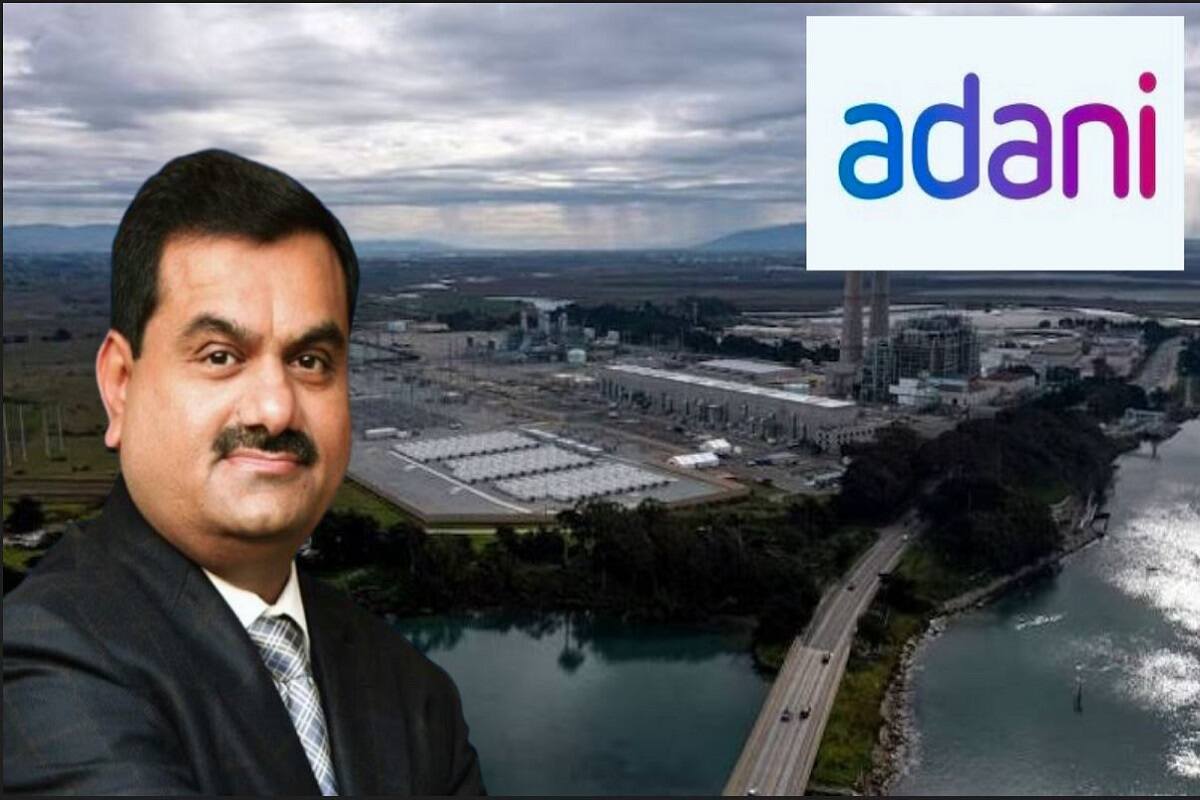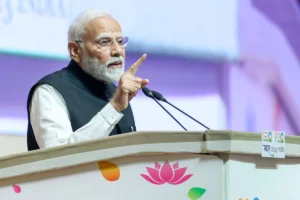
Adani
Adani Group’s renewable energy company is setting its sights on establishing a 45 gigawatt (GW) renewable energy capacity by 2030. Their goal is to reduce emissions and help India meet its carbon neutrality targets. When it comes to adopting renewable energy, Rajasthan and Gujarat are leading the way, followed by Tamil Nadu, Karnataka, and Maharashtra, which collectively account for 70% of the nation’s green energy adoption. The slowest adopters of renewable energy are the states of Manipur, Tripura, and Goa.
Rajasthan is becoming a crucial hub for solar energy, with a transmission corridor being developed in its western region and ample government land available for setting up solar plants. With the successful operation of the world’s largest wind-solar hybrid power plant with 2140 megawatts capacity, Adani Green Energy Limited (AGEL), a subsidiary of Adani Group, currently holds India’s largest operational renewable energy portfolio at 8,024 megawatts. In May 2022, AGEL commissioned India’s first hybrid power plant of 390 megawatts, followed by the world’s largest co-located 600 megawatt hybrid power plant in September 2022 and a 450 megawatt third hybrid power plant in December 2022. All three hybrid energy production assets are located in Rajasthan.
India has set a target to achieve 40% of its total energy requirement from green and renewable energy sources by 2030, as stated at the United Nations Climate Change Conference (COP-26). However, energy experts believe that the country has achieved only about 20% of the set target so far, and reaching the designated goal may take time.
Infrastructure development may also take time due to increasing demand. The existing grid and associated transmission lines took several decades to reach the current level. Building the fundamental framework for taking renewable energy to the same level could also take years.
India has made significant claims in the non-fossil fuel sector. It reached its installed electric capacity goal for non-fossil fuels nine years ahead of schedule. Now, India has set an even more ambitious target of achieving 50% of its installed capacity from non-fossil fuels by 2030. Furthermore, India is playing a crucial role in the global renewable energy landscape, particularly in solar and wind energy.
To read more such news, download Bharat Express news apps




















